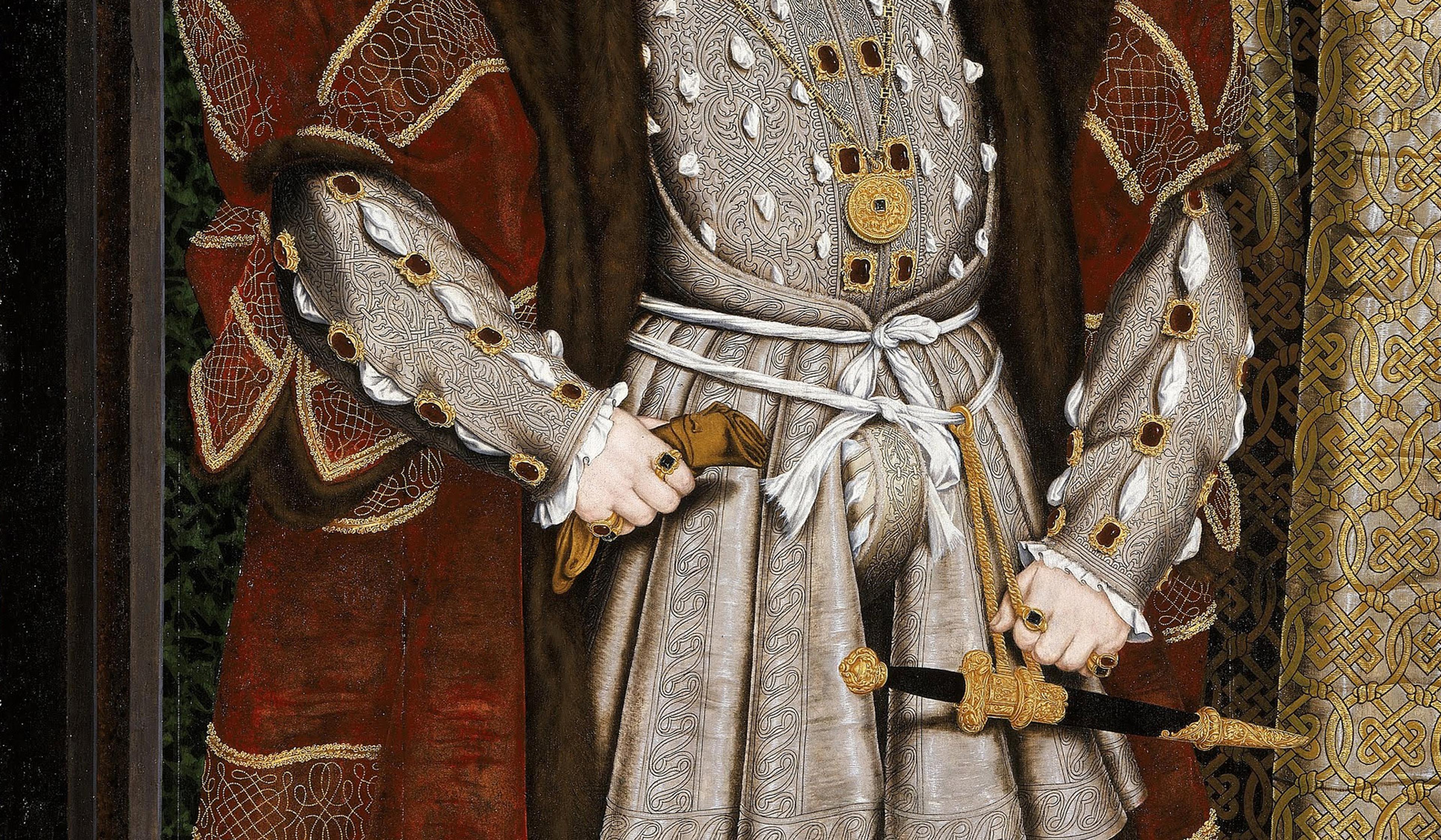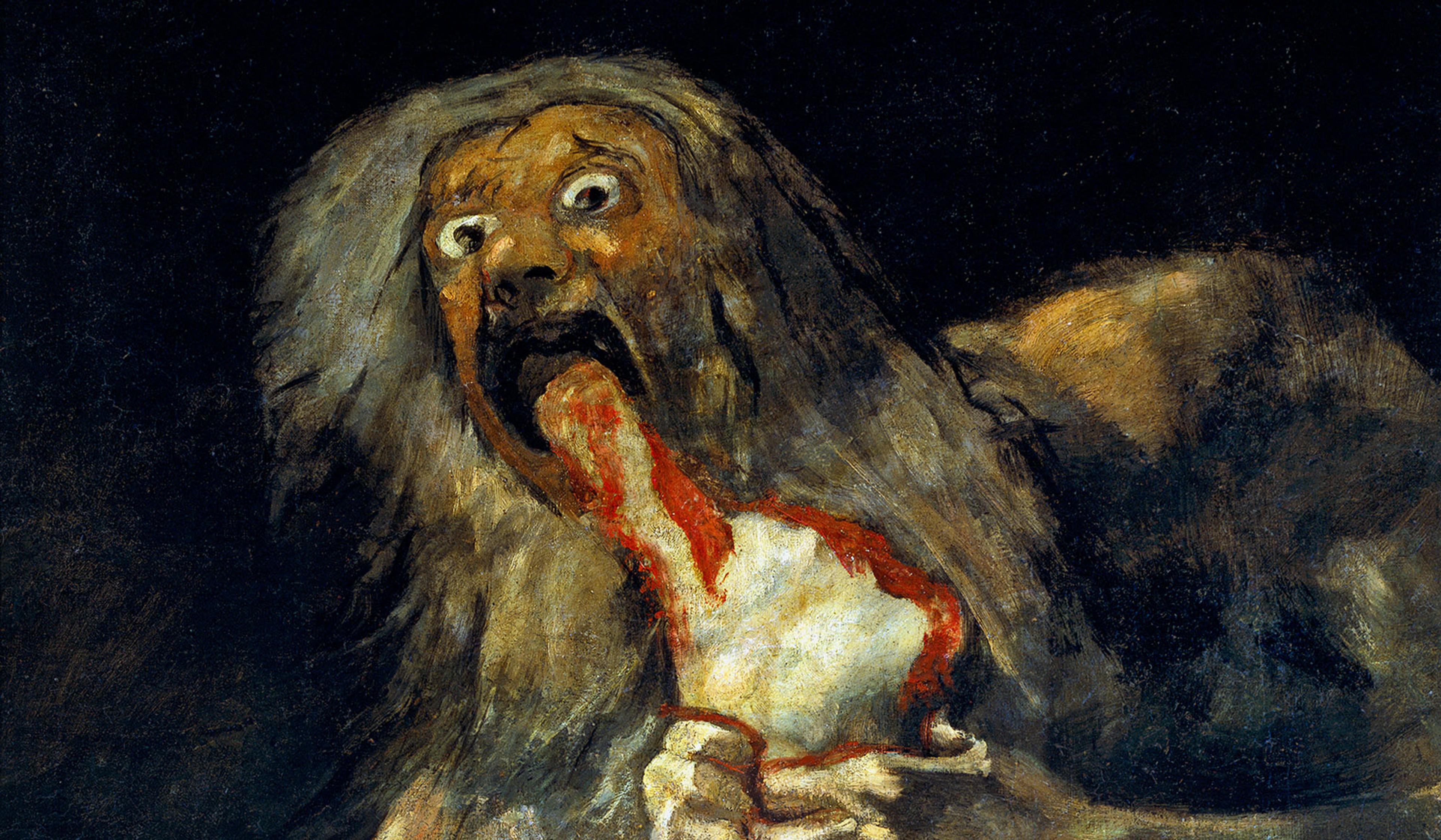Ceaselessly flocked by tourists at the Louvre Museum in Paris, Leonardo da Vinci’s Mona Lisa (1503-17) is perhaps the world’s most recognisable work of art. Yet, when you consider that the painting is a small and rather innocuous portrait of a silk-merchant’s wife, it’s easy to wonder – why is that, exactly? In this instalment of his YouTube series Great Art Explained, the UK curator, gallerist and video essayist James Payne argues that the famed depiction of a lady with wandering eyes and a slight smile isn’t just an inescapable cultural meme, but a bonafide masterpiece as well. Exploring the history, mastery and mystery behind the work, Payne provides a straightforward and comprehensive analysis of why, five centuries later, the Mona Lisa still matters.
Not just a meme, but a masterpiece – why the Mona Lisa earns its exalted place in art
Video by Great Art Explained
2 December 2021
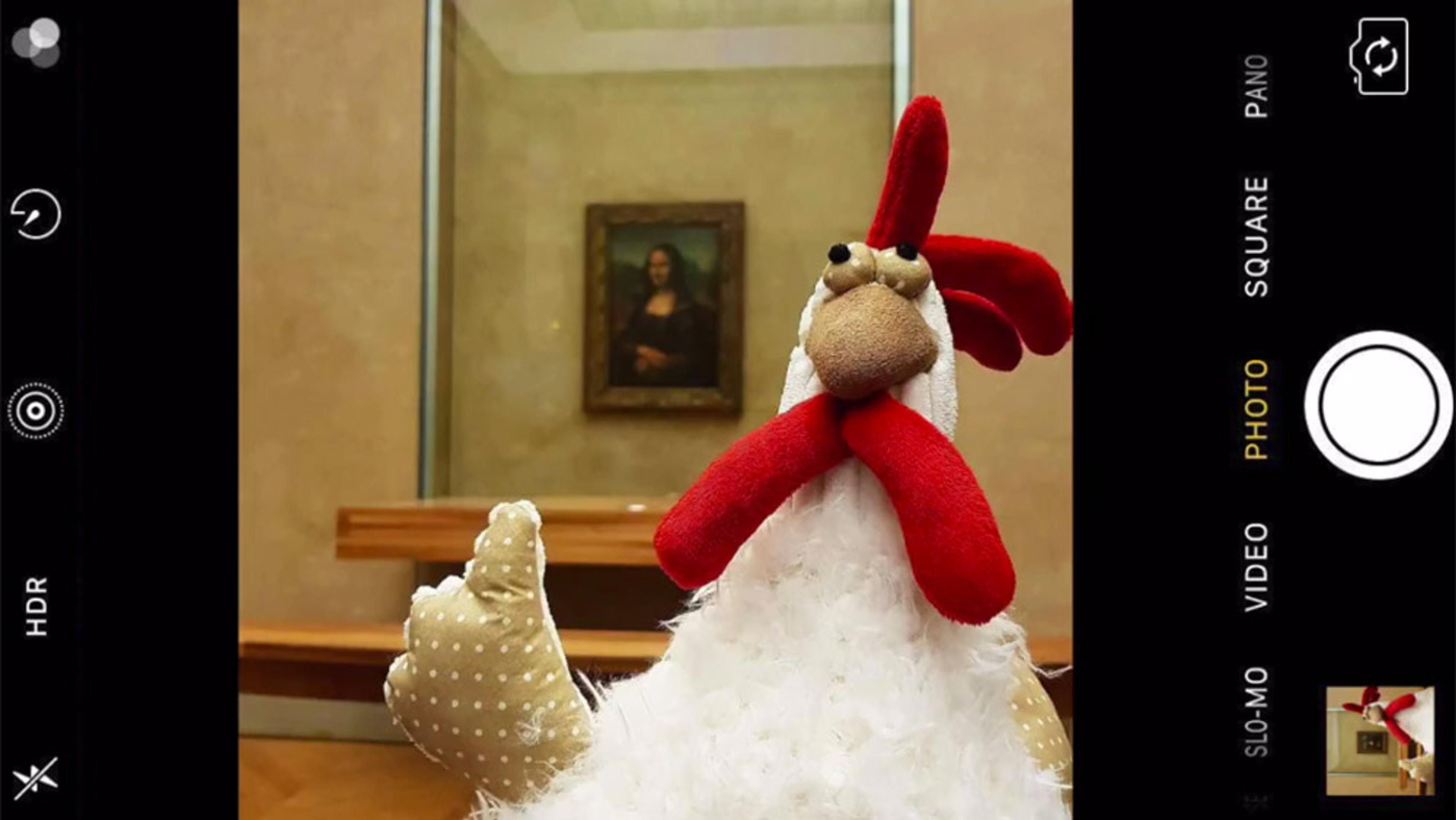
videoArt
This woman has been in more selfies than anyone else in the world, and she’s still smiling
1 minute

videoArt
Why Diego Velázquez needed a lifetime to paint his enigmatic masterpiece
31 minutes
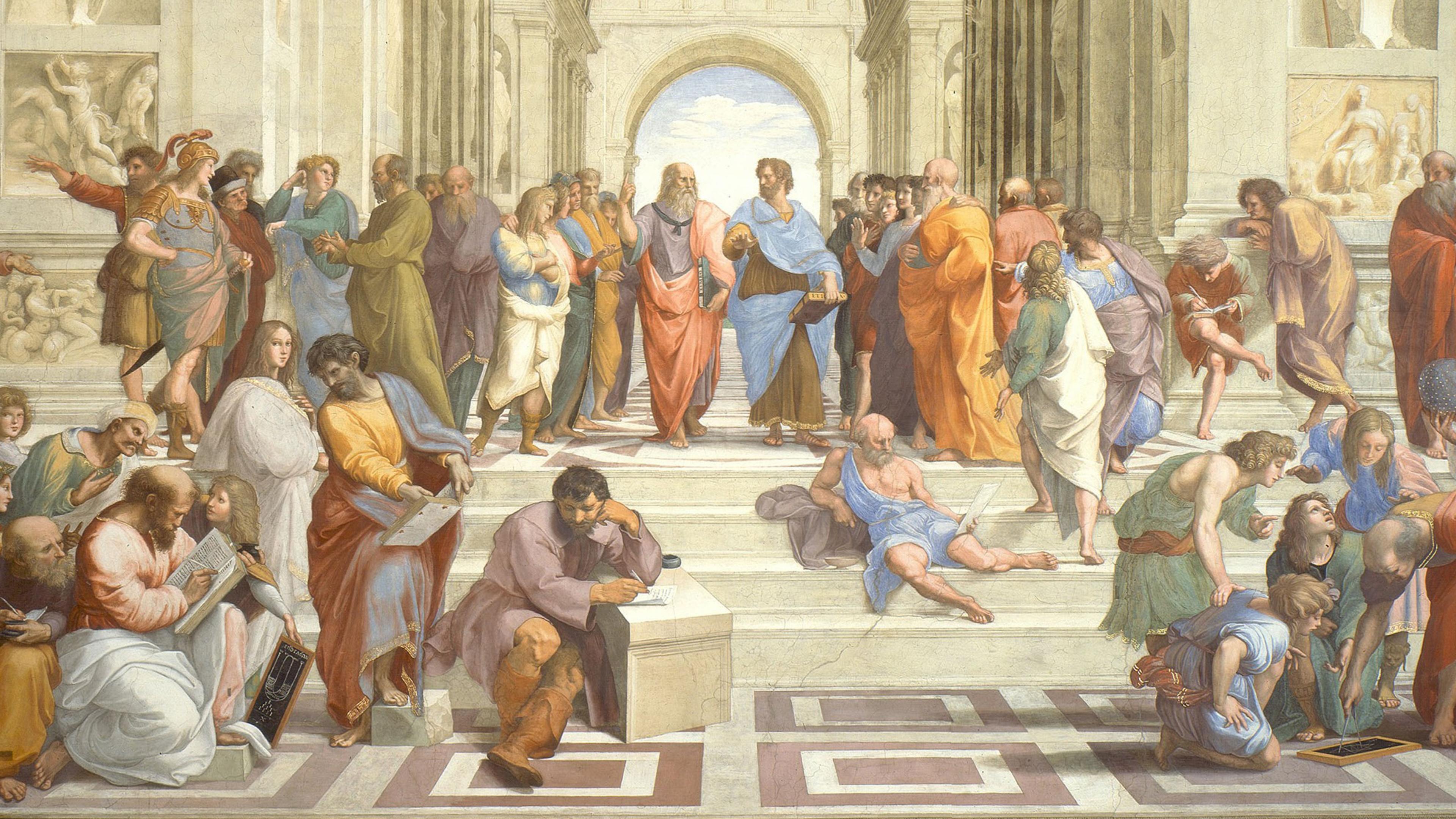
videoHistory of ideas
How to read ‘The School of Athens’ – a triumph of Renaissance art
25 minutes
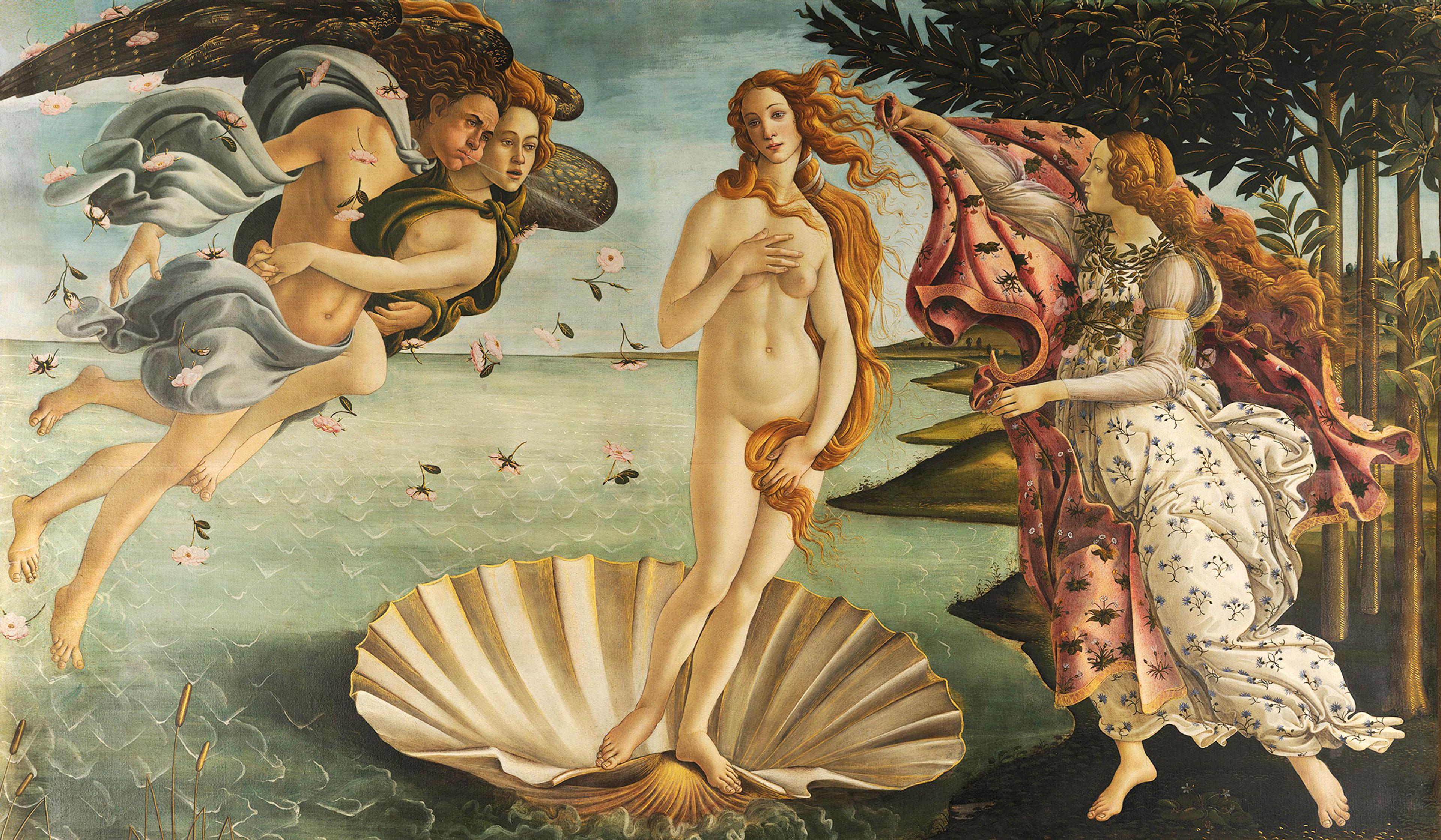
videoArt
More than breathtaking, ‘The Birth of Venus’ signalled an aesthetic revolution
19 minutes
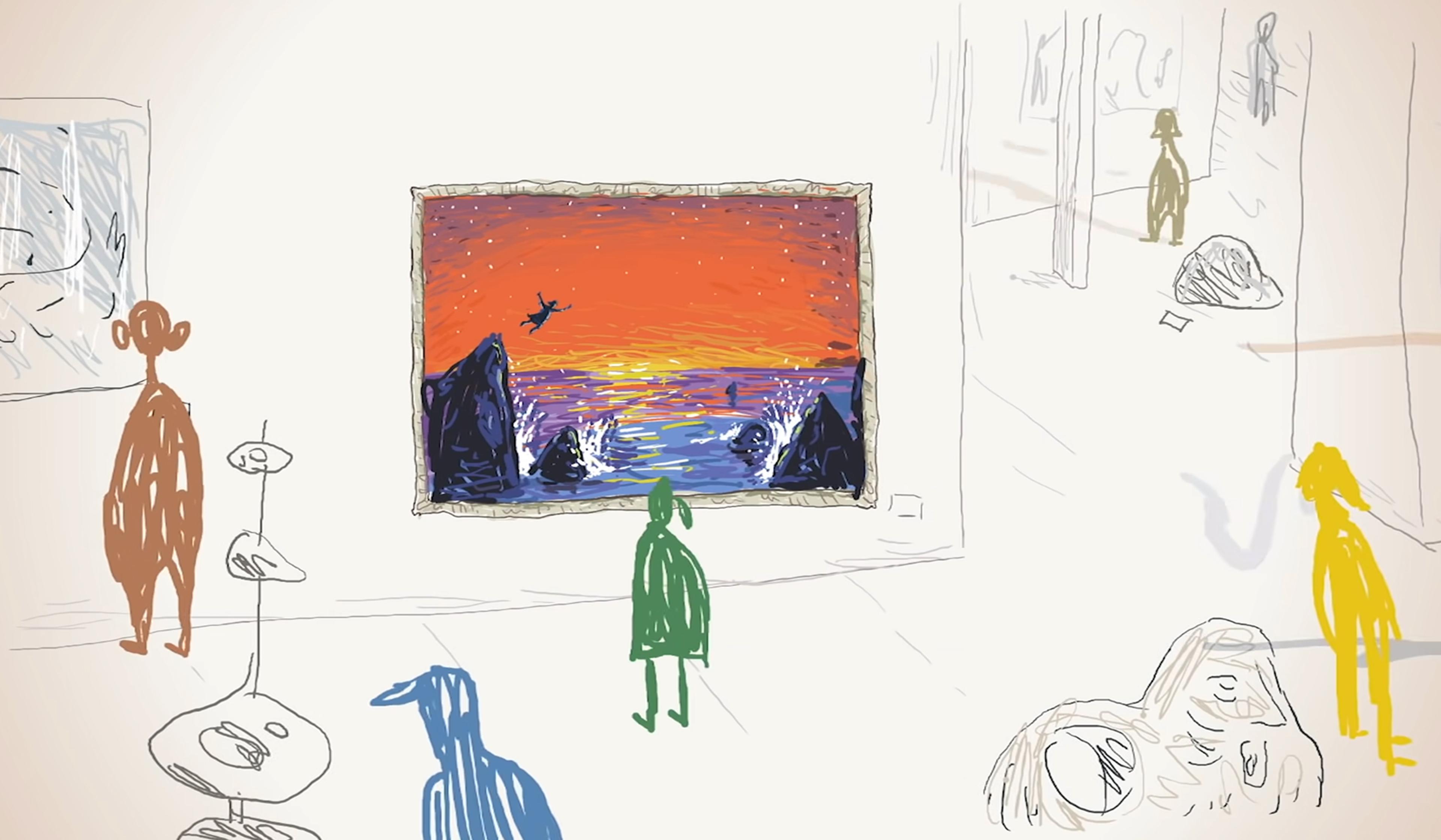
videoBeauty and aesthetics
Does the artist’s intention matter, or is it indeed all in the eye of the beholder?
4 minutes

videoArt
Creating art that was aware of itself – and the viewer – made Manet the first modernist
15 minutes
